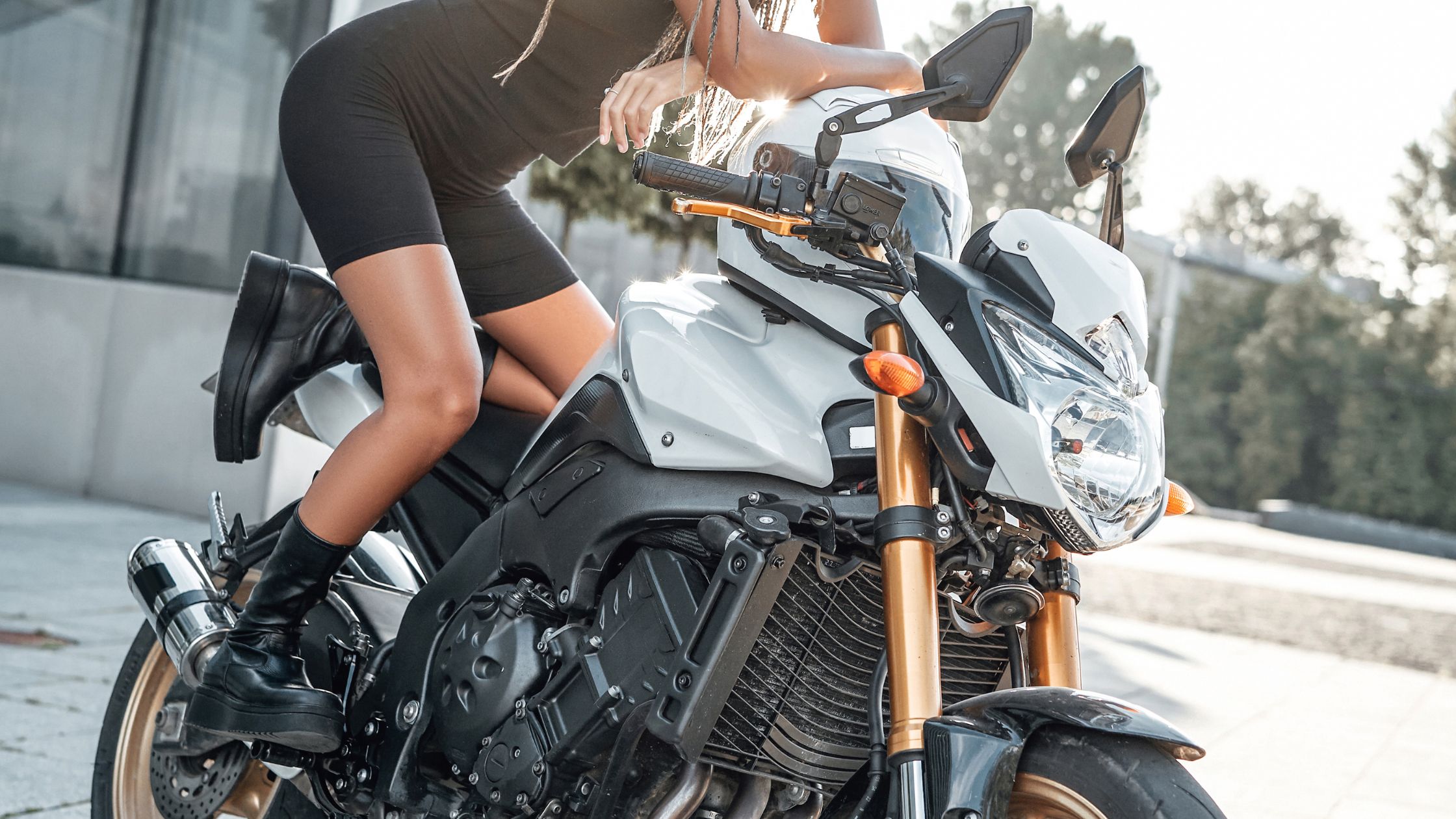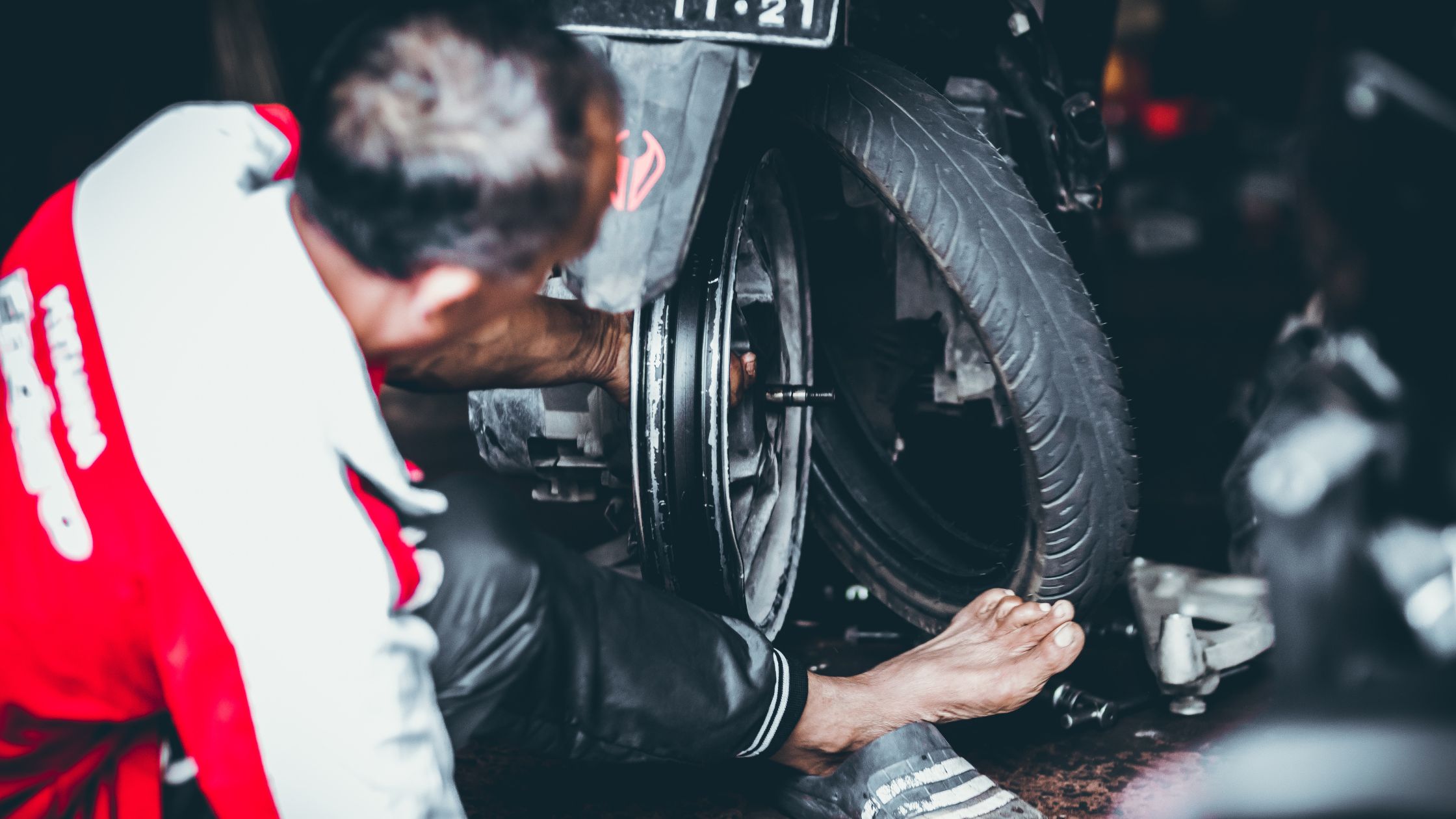Jika anda sedang mencari How Traction Motor Works, anda berada di tempat yang tepat! Disini saya akan mencoba membahas beberapa pertanyaan mengenai How Traction Motor Works.
Which motor is used for traction work?
DC series motor is best suited for DC traction, cranes as it provides high starting torque and easy speed control which is primary requirement of DC traction.
Are traction motors AC or DC?
Traditionally, these were series-wound brushed DC motors, usually running on approximately 600 volts. The availability of high-powered semiconductors (thyristors and the IGBT) has now made practical the use of much simpler, higher-reliability AC induction motors known as asynchronous traction motors.
What is traction motor control?
A traction motor controller circuit and method in which the electronic switch supplying current to the motor is controlled as a function of load current between selected maximum and minimum limits.
Why DC is used in traction?
DC series motor has develops high torque at low speeds, low torque at high speed, this is the basic requirement of traction unit. Commutating property of series motor is good so we get sparkles commutation. Torque is unaffected by variation in supply voltage. DC Series motor maintenance cost is less.
What is the difference between a traction motor and an electric motor?
Traction motor refers to a type of electric motor. A traction motor is used to make rotation torque on a machine. It is usually changed into a straight line motion. Traction motors are used in electrically powered rail vehicles such as electric multiple units and electric locomotives.
Which current is used in railway?
Railway electrification systems using alternating current (AC) at 25 kilovolts (kV) are used worldwide, especially for high-speed rail.
Which motor is used in elevator?
Motor used for elevators is generally induction motor. Concept: Induction motor: The motor which works on the principle of electromagnetic induction is known as the induction motor.
What are the special features of traction motors?
Suitable Speed-Torque Characteristics. High Overload Capacity. Operate in Parallel. Robust Construction. Withstand Voltage Fluctuations. Weight of Traction Motor. Small Dimension. Simple Speed Control.
Is traction motor a dc motor?
Traditionally, traction motors are series-wound brushed DC motors, usually running on a voltage up to 600 volts DC.
How many types of traction motors are there?
The three main types of electric traction systems that exist are as follows: Direct Current (DC) electrification system. Alternating Current (AC) electrification system. Composite system.
Are diesel locomotives AC or DC?
In a diesel–electric locomotive, the diesel engine drives either an electrical DC generator (generally, less than 3,000 horsepower (2,200 kW) net for traction), or an electrical AC alternator-rectifier (generally 3,000 horsepower (2,200 kW) net or more for traction), the output of which provides power to the traction …
How do you control the speed of a traction motor?
On reducing the generator voltage, voltage across the traction motors will start increasing and so their speed too. When the generator voltage becomes equal to zero, full line voltage will appear across both the motors i.e., one-half of the supply voltage across each motor.

Do trains have AC?
When the weather outside is less than balmy, why do we still need to blast the A/C on our buses and trains? The main reason is because buses and trains are enclosed spaces, so the HVAC (heating, ventilation and air conditioning) system has to be kept on to ensure proper air circulation for everyone on board.
Why AC is used in train?
Railways and electrical utilities use AC for the same reason: to use transformers, which require AC, to produce higher voltages. The higher the voltage, the lower the current for the same power, which reduces line loss, thus allowing higher power to be delivered.
What voltage do trains use?
Overhead line equipment (OLE) refers to the overhead wires and supporting infrastructure that carry electricity at 25,000 volts to power electric trains.
What is SP and SSP in railway?
Sectioning and-Paralleling Post (SP) 10207. Sub-Sectioning and Paralleling Post (SSP)
Why are DC motors used in elevators?
dc motor provide high starting torque with less transients also it enables to vary the speed at different ranges and easy control with armature voltage control and flux control.
Which motor is used in crane?
Three-phase induction motors are most often used as electric lifting motors for bridge cranes. This paper concerns the design of the power of the electric lifting motor for an electric hoist of the single girder bridge crane with the 500 kg load capacity.
Why are DC motors used in escalators?
A DC motor can develop full torque within the operational speed range from zero to base speed (Figure 1). This allows the DC motor to be used on constant-torque loads such as conveyor belts, elevators, cranes, ski lifts, extruders and mixers.
What are different types of motors used in electrical traction?
DC Series Motor:. DC Shunt Motor:. AC Series Motor:. Three Phase Induction Motor:. Linear Induction Motor:.
How does a traction converter work?
The motors in turn are controlled by so called traction converters that supply an AC current with variable frequency to adjust the motor speed. The heart of such a traction converter is the power semiconductor that switches the motor current on- and off to generate the desired voltage and current shape for the motor.
Which motor is most suitable for electric traction?
DC series motors are suitable for regenerative braking. DC series motors are capable of withstanding rapid fluctuations in supply voltage.
What is DC traction?
Direct current (DC) traction units use current drawn from a third rail, fourth rail, ground-level power supply or an overhead line. AC voltage is converted into DC voltage by using a rectifier.
Why train engines are not turned off?
Trains, being large and heavy, need the optimal brake line pressure for its efficient stopping. For obvious reasons, loco pilots never compromise on brake line pressure. Another reason for not turning off diesel train engines, lies in the engine itself.
Terimakasih telah membaca How Traction Motor Works, semoga jawaban dari pertanyaan anda telah saya jawab semua. Semoga bermanfaat!
 Mobil Series Situs Mobil Terbaik se-antero Bintaro
Mobil Series Situs Mobil Terbaik se-antero Bintaro
